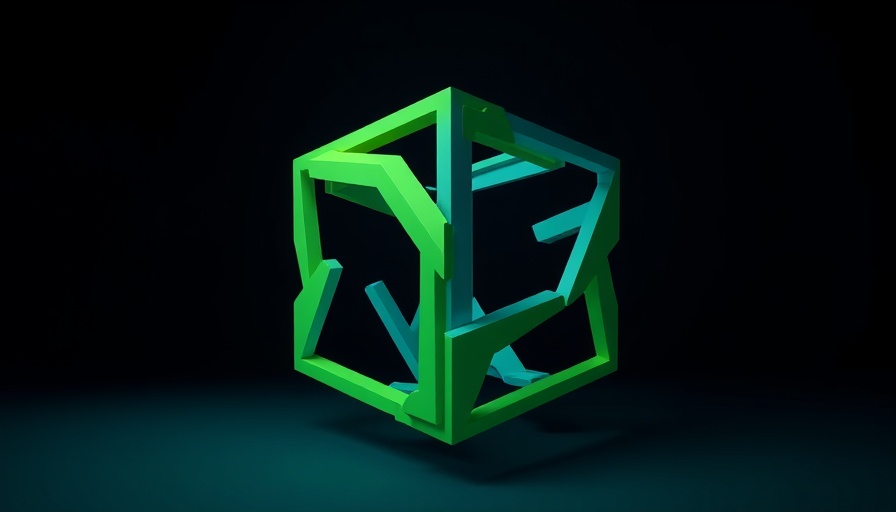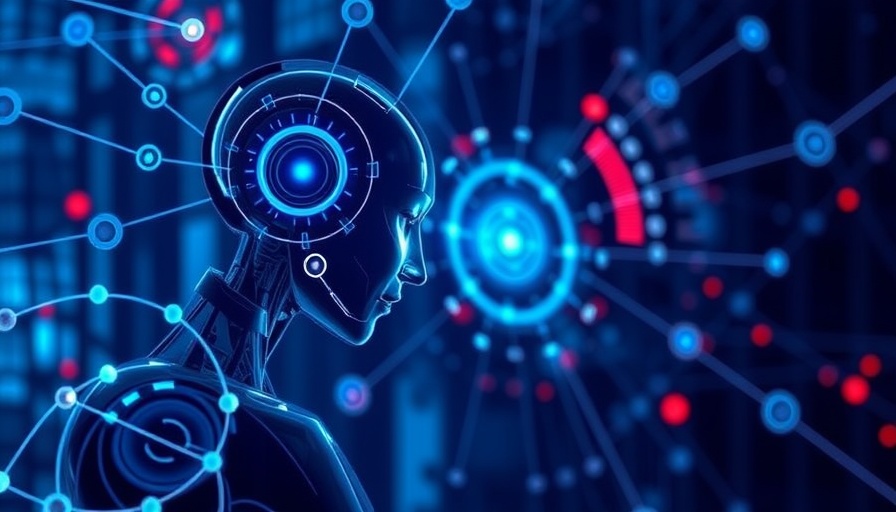
The Evolution of AI Architecture: Adaptability in the Workplace
In the rapidly changing landscape of artificial intelligence, the introduction of IBM's Granite 4.0 model signifies a watershed moment for HR professionals and corporate trainers. As organizations increasingly turn to AI-powered tools for innovation and productivity, the architecture behind these tools must evolve to address the growing demands of the workforce. The shift from traditional transformer-based architectures to a hybrid model not only enhances performance but also impacts how businesses adopt technology for employee transformation and upskilling.
The Cost of AI: Striking a Balance Between Performance and Affordability
Historically, implementing robust AI solutions has come at a daunting price, as enterprises are compelled to invest heavily in high-performance hardware like GPUs. This cycle often burdened companies with escalating costs. Granite 4.0 proposes a solution with its hybrid architecture that promises a 70% reduction in memory usage, enabling organizations to run complex AI tasks on a single high-end GPU, thus reducing overall expenses related to AI in hiring and employee management.
Why Hybrid Thinking Matters: Efficiency Meets Effectiveness
The hybrid architecture of Granite 4.0 converges transformers with sequence state models (SSMs), creating a system that improves efficiency without compromising the accuracy and adaptability needed for long-context workloads. This blend of technologies not only facilitates a smoother employee experience—in managing thousands of conversations or handling extensive code repositories—but also ensures that HR leaders can leverage this technology for effective talent management.
Implications for Workforce Transformation
As AI reshapes the future of work, understanding the architecture behind these innovations is crucial. HR professionals and workforce planners will need to consider how such advancements can aid in job transformation and employee upskilling. The strategic use of these intelligent automation models creates opportunities for businesses to enhance employee engagement, improve procedural efficiencies, and ultimately drive growth.
Looking Ahead: AI’s Role in Future Workplaces
The launch of Granite 4.0 reflects a pivotal moment in how AI will be integrated into everyday corporate functions. As organizations adapt to this new caliber of workplace automation, they will open doors to innovative practices that not only enhance productivity but also redefine career pathways. Corporate trainers will play a critical role in using these advancements to infuse technology into learning strategies, preparing employees for the challenges ahead.
As organizations explore the transformative potential of AI technologies, they should consider how architectures like Granite 4.0 can enrich their practices and enhance their workforce.
 Add Row
Add Row  Add
Add 




Write A Comment